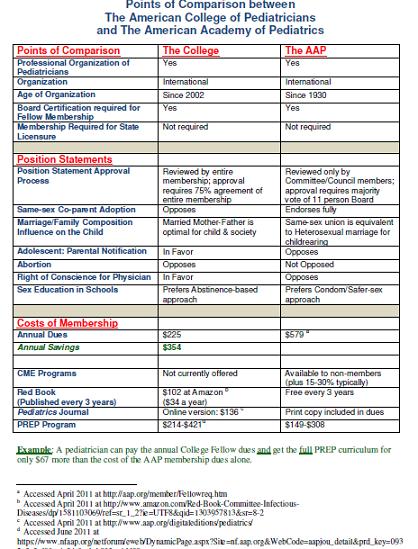From the care I received at Grove City Medical Center’s Emergency Room to the heart care and recovery at Butler (PA) Health System, I have a lot of people to thank for my current positive recovery from open heart surgery.
Small town ERs sometimes get criticism but, in my case, the GCMC team performed extremely well. Then, my primary care physician and friend Ed Smith bypassed the oft-recommended stress test and went right to the heart catheterization. I was then transferred to Butler Health Systems for that procedure. Dr. Sunder Rao performed the test and found three blockages of 80-90%. There is no fixing such a problem other than triple bypass surgery. The surgical team of Dr. Antonio Sortino did the procedure. I am now being followed by Dr. Samer Azouz’s who has a well earned reputation as a fine cardiologist. The care I received at the Butler hospital was outstanding. I am thankful for all of these physicians, nurses, therapists, aides, etc.
There is more commentary I could make on health care in the U.S. but I will save that for later. I still need some distance and time to reflect on the situation. It has only been two weeks since the ordeal began.
I am so indebted to my friends and family. If I can do it, I want to write something more about my family in a future post. I will just say that I have been thinking a lot about what the term “pro-family” means. As I look at my family, I can’t think of a bunch who is more pro-family than the Throckmorton clan, even though some of us would not be considered pro-family by culture warriors.
And again to those who read about my situation, thanks for your prayers and good thoughts.
